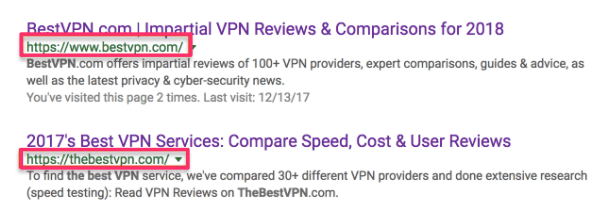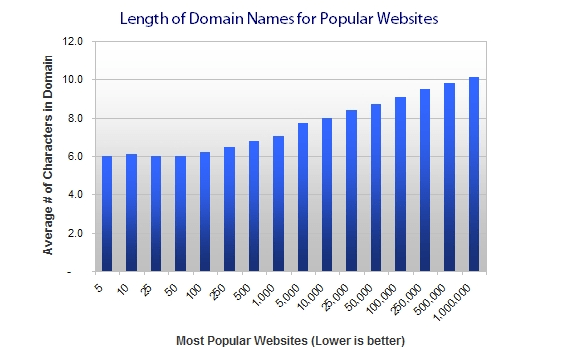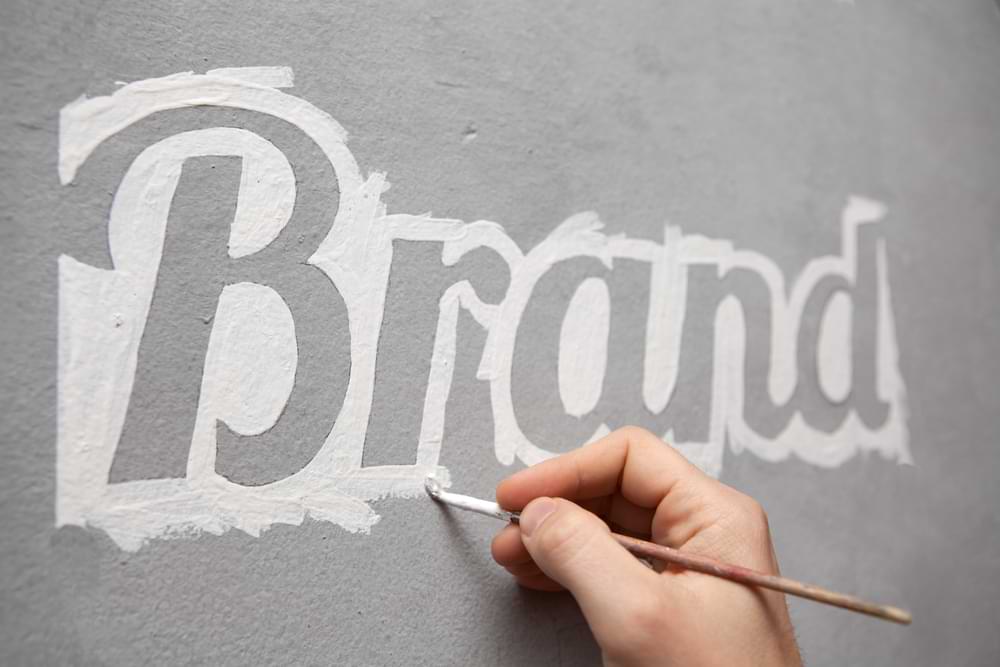“A rose by any other name would smell as sweet” is the famous line from William Shakespeare’s play Romeo and Juliet. People often reference it as a way of stating that the names of things do not affect what they really are. That might be true, but it doesn’t change the fact that choosing a brand name can have important consequences for a business.
A brand name is a name given to a product, service, or business which distinguishes it from the competition. Much like a person’s name, your brand’s name is a critical part of its identity.
Below are five tips for helping you to decide a brand name for your ESL service.
Table of Contents
Be unique
Do some research. Check through Google, Facebook, and other popular social media to see if anyone else is using the brand name you want.
You should especially avoid anything even close to a brand name which already has trademark protection. A trademark legally differentiates a product or service from all others of its kind and recognizes the source company’s ownership of the brand.
Big companies aren’t afraid to lodge lawsuits against small businesses with similar names which they claim to be infringing their trademark. Costly legal fees can sometimes result.
Besides, you don’t want your clients going to another vendor by mistake. Make sure that nobody else in your niche is using the same name, or a very close variant of it.

If you are stuck for ideas, consider using the Namesnack Business Name Generator tool.
Be memorable
People associate easy to process information – clear, simple language – with positive qualities such as confidence, intelligence, and capability. If the public has difficulties identifying how to say or spell a company name, it creates confusion.
Of course, there are exceptions to the rule – IKEA, Hyundai, Nike, and Zagat are all brand names with disputed pronunciation. But generally speaking, especially for small business, you want a brand that is “short and sweet”. Something that can be easily (and correctly) communicated verbally.
A good guideline is the “three syllables rule“. If your brand name uses more than three syllables, try to make it shorter.
There is a neuromarketing theory that words with the hard /k/ sound are more memorable to the human ear. This might explain why the sound is overrepresented among brand names. Think Kellogg’s, Kinkos, K-Mart, Kleenex, Krispy Kreme and Kool-Aid.
George Eastman, founder of the Kodak company had this to say:
“I devised the name myself. The letter “K” had been a favorite with me – it seems a strong, incisive sort of letter. It became a question of trying out a great number of combinations of letters that made words starting and ending with ‘K.’ The word ‘Kodak’ is the result.”
In the classic theatre play “The Sunshine Boys”, protagonist and vaudevillian Willie Clark says:
“Fifty-seven years in this business, you learn a few things. You know what words are funny and which words are not funny. Alka Seltzer is funny. You say ‘Alka Seltzer’ you get a laugh … Words with ‘k’ in them are funny.”
Finally, consider using alliteration and rhyming words. A 2010 University of Alberta study found that consumers have a more positive reaction to brands with repetitively structured names, such as Rolls-Royce, Coca-Cola, Kit Kat, Jelly Belly, Reese’s Pieces and Slim Jims.
Teacherpreneur Marketing
ACADEMY
FACEBOOK GROUP
Be meaningful
Ideally, you should choose a brand name that communicates something about your brand values e.g., “Speedy Car Wash” and “Velvet Touch Car Wash” describe the same type of business, but they convey different images and appeal to different clientele.
You don’t have to rely on just your brand name to communicate the spirit of what you do. Think about a tag line which illuminates the values you want to be identified with. For example:
Nike – Just Do it
BMW- The Ultimate Driving Machine
Rolex- A Crown for Every Achievement
Subway – Eat Fresh
Think about how your brand name is likely to resonate your target audience demographic. Does your brand name have a masculine or feminine connotation? Research on people names has demonstrated some systematic differences in North American male and female first names. For instance, male names are more likely to be monosyllabic and to begin with a stressed syllable and are more likely to end in a consonant
Be careful that your brand name won’t get lost in translation, to have a confusing, embarrassing or just plain ridiculous meaning that is far removed from the image you would like to project.
Be web-friendly
Even if you aren’t planning to register a domain name just yet, it pays to think ahead and consider what your options might be when business really takes off.
For domain names, simple and memorable is best. An unusual spelling or a long name may sound great to you, but it can make it harder for potential customers to find you online or type your domain name accurately in an email. Google auto translate might end up being your enemy. Avoid domain names with hyphens for the same reason.
The “gold standard” for generic top level domains (gTLD) are the .com, .net and .co, while it is best to avoid less common extensions like .biz, .info or .school as these TLDs are favorites of spammers and tend to have lower reputational authority.
Avoid country code top level domains (ccTLD) unless you are intent on targeting that country. Domains ending with “.jp”, “.fr” or “.br” will limit your potential search engine reach to Japan, France and Brazil respectively.
Consider adding “academy”, “school”, “online” or something similar as a suffix to your domain name if the one you really want is already taken e.g., fluencyacademy.com or fluencyschool.com
It’s worth noting that shorter domain names (fewer characters) have a direct correlation with ranking better in Google.

In the early days of the internet, choosing a domain name which contained your keyword was a popular SEO hack, but opinion is divided as to whether that is still of much importance in the Google search algorithm.
Check for unintended consequences from misreading your domain URL e.g., is designerstalk.com intended to be read as “designers talk” OR “designer stalk“?
Be future-proof
Sometimes, a business chooses a name that matches the city where it is located – but what happens when the business decides to expand elsewhere? The location moniker that once seemed so perfect doesn’t fit anymore – and may even drive away clients.
The same applies to names that describe your ESL services. If you get too specific, you may find yourself with an inappropriate name as soon as you expand your offerings or pivot to new audiences. Make sure your name allows your business to grow and change. Most businesses evolve over time.
There advantages and disadvantages in choosing a brand name which includes your personal name.
A personal brand provides more identity and authenticity. If your ESL coaching brand is associated with you personally, it makes it easy to leverage your personal social media following. People generally are more interested in connecting with individuals, rather than faceless brands on LinkedIn, Facebook, and Instagram.
The downside is that if your business is too closely tied to your personal identity, it might be difficult to scale later on by bringing extra employees into the business. Clients might feel underserved if they are not receiving coaching sessions from you directly. Business operations which are intimately tied to an individual persona are also more difficult to sell to a new owner.
Conclusion
Great brand names start with a strategy. Think about a brand name that is unique, memorable, meaningful, web-friendly and future-proof. Maybe it’s not possible to tick all the boxes for the “ideal” brand name, but you should at least be aware of what works best.
At the end of the day, a great brand name isn’t going to rescue a lousy business, and a poor brand name won’t necessarily sink a great business. But it’s still worth putting some thought into the label you want your ESL coaching service to wear for potentially a long time to come.
The author of this post lives in Japan with his wife and family. He has taught English part-time (online and off) for more than a decade. He is passionate about WordPress consulting, online marketing and using the power of the internet to help people achieve their dreams.
He thinks that until you’ve tried sashimi tuna with wasabi, soy sauce, hot sake and a cold beer chaser, you just haven’t lived.


